japanese lion statue famous at entrance
.jpg)
Shishi - Lion Protector in Japanese Buddhism and Shintoism
For reasons unknown (to me), the horn disappeared long ago, and rarely appears in artwork of the Edo-period onward. Today the term koma-inu (komainu) is commonly used to refer to both the closed-mouthed and opened-mouthed statues. Kara-shishi 唐獅子 (Chinese lion). The open-mouth beast resembling a lion; translated simply as lion.
.jpg)
Komainu - Wikipedia
Foxes at Inari shrines. The most frequent variant of the komainu theme is the fox, guardian of shrines dedicated to kami Inari. There are about 30 thousand Inari shrines in Japan, and the entrance of each is guarded by a pair of fox statues. Often one, and sometimes both, has a sūtra roll, a key or a jewel in its mouth.
.jpg)
An Introduction to Japanese Statues - Culture Trip
An Introduction to Japanese Statues. Alicia Joy. ... known as lion-dogs in English—are guardian statues found at the entrances to shrines, temples and other ...
.jpg)
Why are these 3 Animals so Important that they have their own ...
These lions were based on the lions at the base of Nelson’s Column in Trafalgar Square in London. When Mitsukoshi had just merged with Mitsui Clothing store in 1904, the manager at the time, Hibi Ousuke, had the idea of putting two lion statues by the entrance of the building.
.jpg)
Japanese lion statue. Pigeon sitting on statue of lion at ...
Pigeon sitting on statue of lion at Tokyo shrine entrance. Similar Photos See All. Japanese Lion statue
.jpg)
Komainu: The History of Japan’s Mythical Lion Dogs
The Chinese word for lion (statues included) is shi 獅 or shishi 獅子, but there was another creature that appeared in China at around the same time called the xiezhi 獬豸. At some point between the third and seventh centuries, paired stone xiezhi also made their way to Korea, where the name was pronounced haetae or haechi .
.jpg)
Japanese Komainu Lion Dog Stature Stock Image | CartoonDealer ...
Japanese Komairu stature at Oyama Shrine in Kanazawa Japan.Komainu called lion dogs in English, are statue pairs of lion like creatures guarding the entrance of many Japanese Shinto shrines Foo Dog Wind lions Ryukyu houses on the roof
.jpg)
What is komainu (lion-dog)? What is the word origin “A n (un ...
Komainu is like a lion and dog shape animal and is dedicated to the Shinto shrine which is also believed to be an imaginary creature. The komainu statue is placed in pair at the Shinto shrine or temple entrance, near main shrine or main hall. Frequently, its mouth shows the shape of “A n (un) shape (when pronouncing two Japanese sounds)”.
.jpg)
Antique Japanese Statues | eBay
Rare Japanese Buddha statue of Amida Nyorai of brass. Amida Nyorai (Amitabha Tathagata). __Edo era. SAMURAI art __. In Asia, Buddhist wall paintings were created in stone caves in India and Central Asia, which influenced Buddhist art in China, Korea, and Japan.
.jpg)
Chinese guardian lions - Wikipedia
Pairs of guardian lion statues are still common decorative and symbolic elements at the entrances to restaurants, hotels, supermarkets and other structures, with one sitting on each side of the entrance, in China and in other places around the world where the Chinese people have immigrated and settled, especially in local Chinatowns.
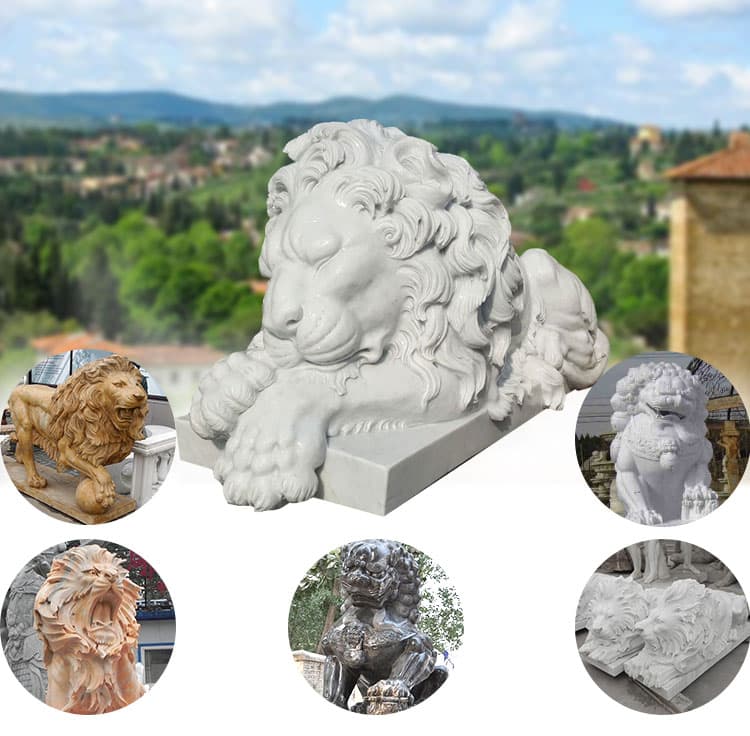
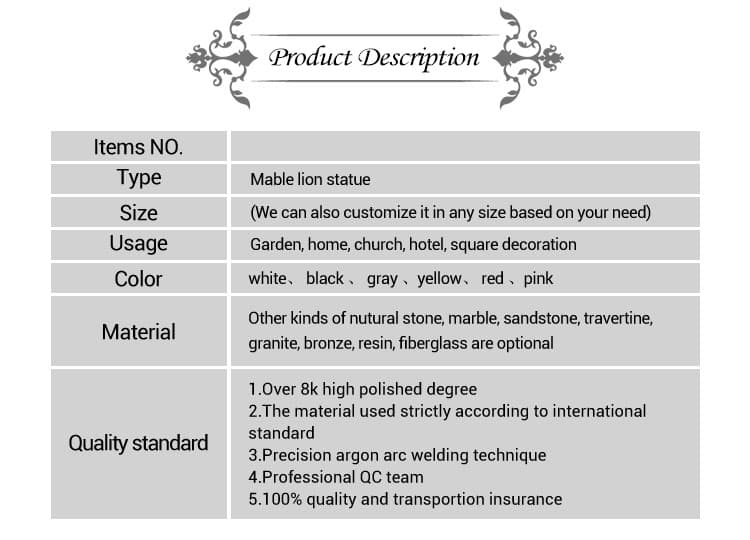
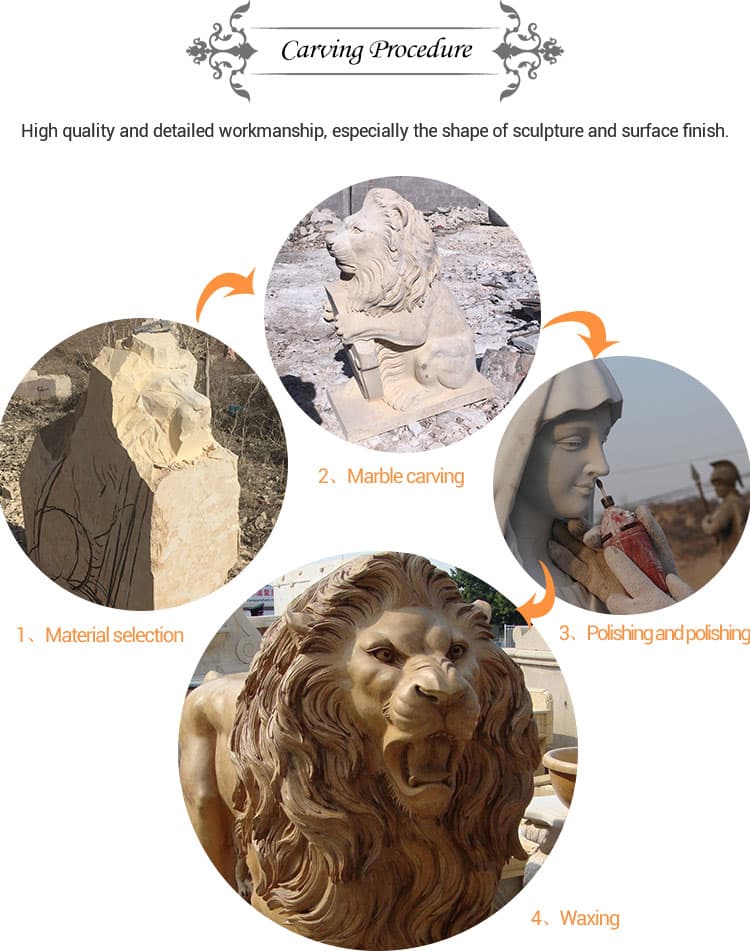
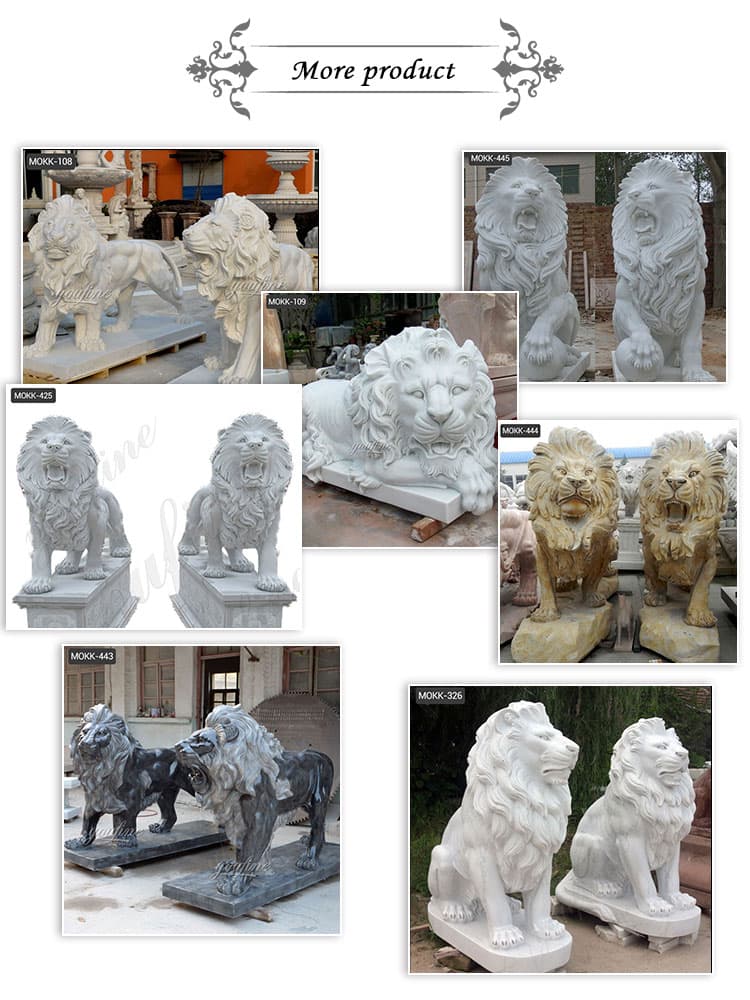

You Fine has been engaged in Mable Sculpture for more than 30years. There were many customers from all over the world come to our factory to have a visit. Our clients are very satisfied with our quality and craftsmanship. If you haven’t find a reliable supplier, why not choose us? You are very welcome to visit our factory and we will not let you down.
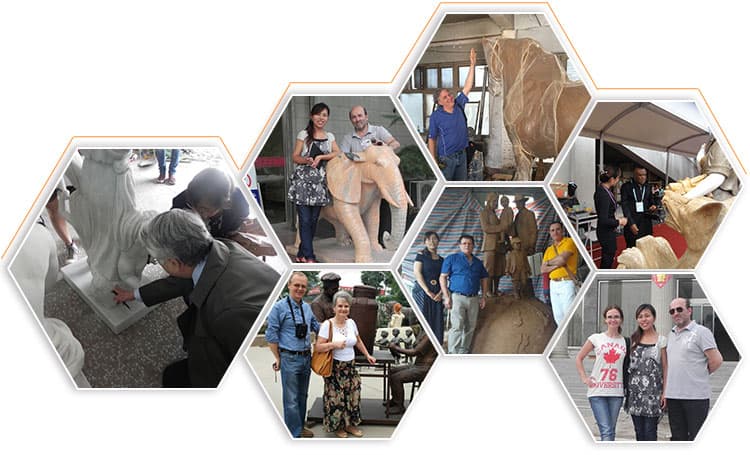

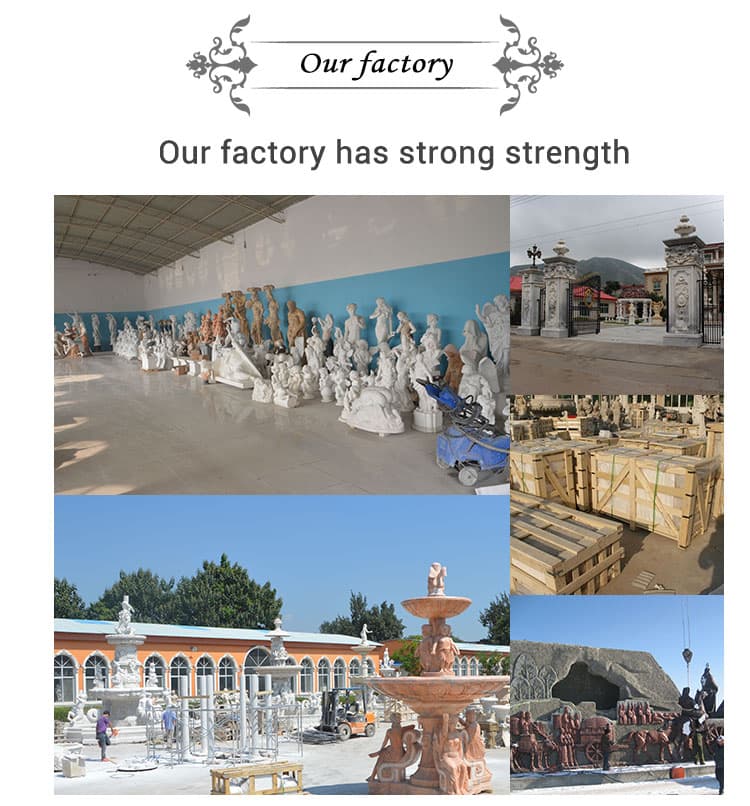



Looking for garden sculpture?
Tell us what you need by filling in the form